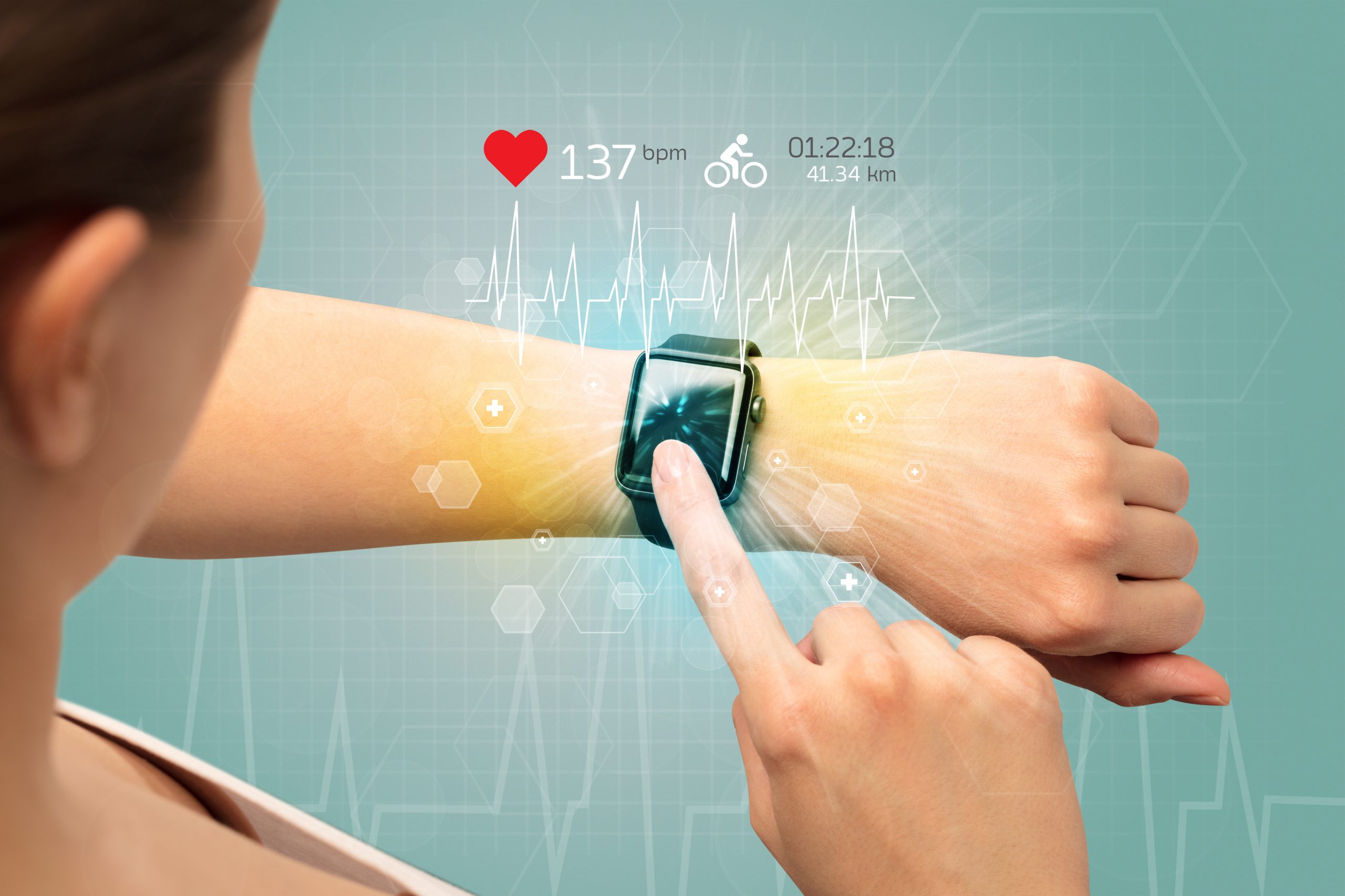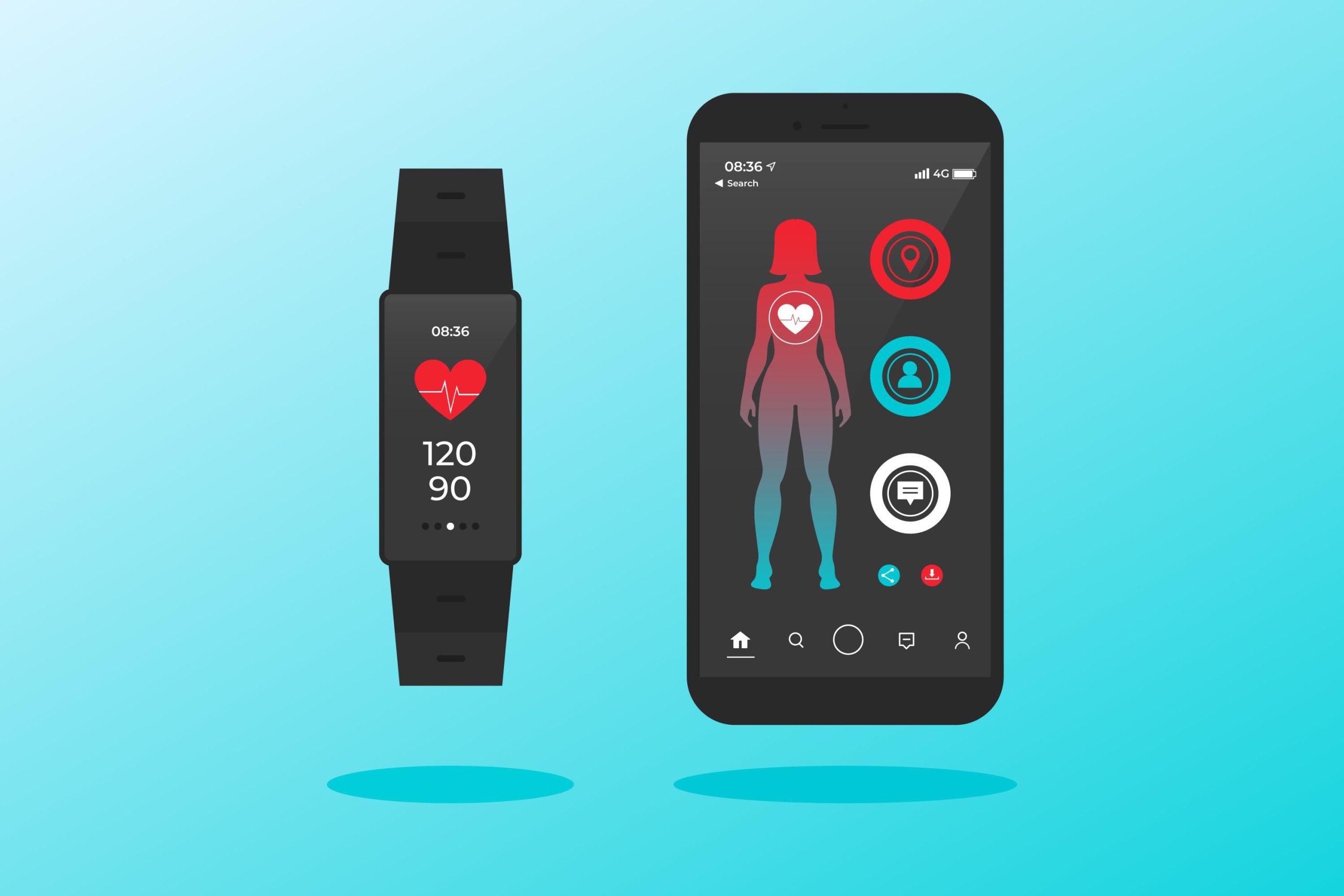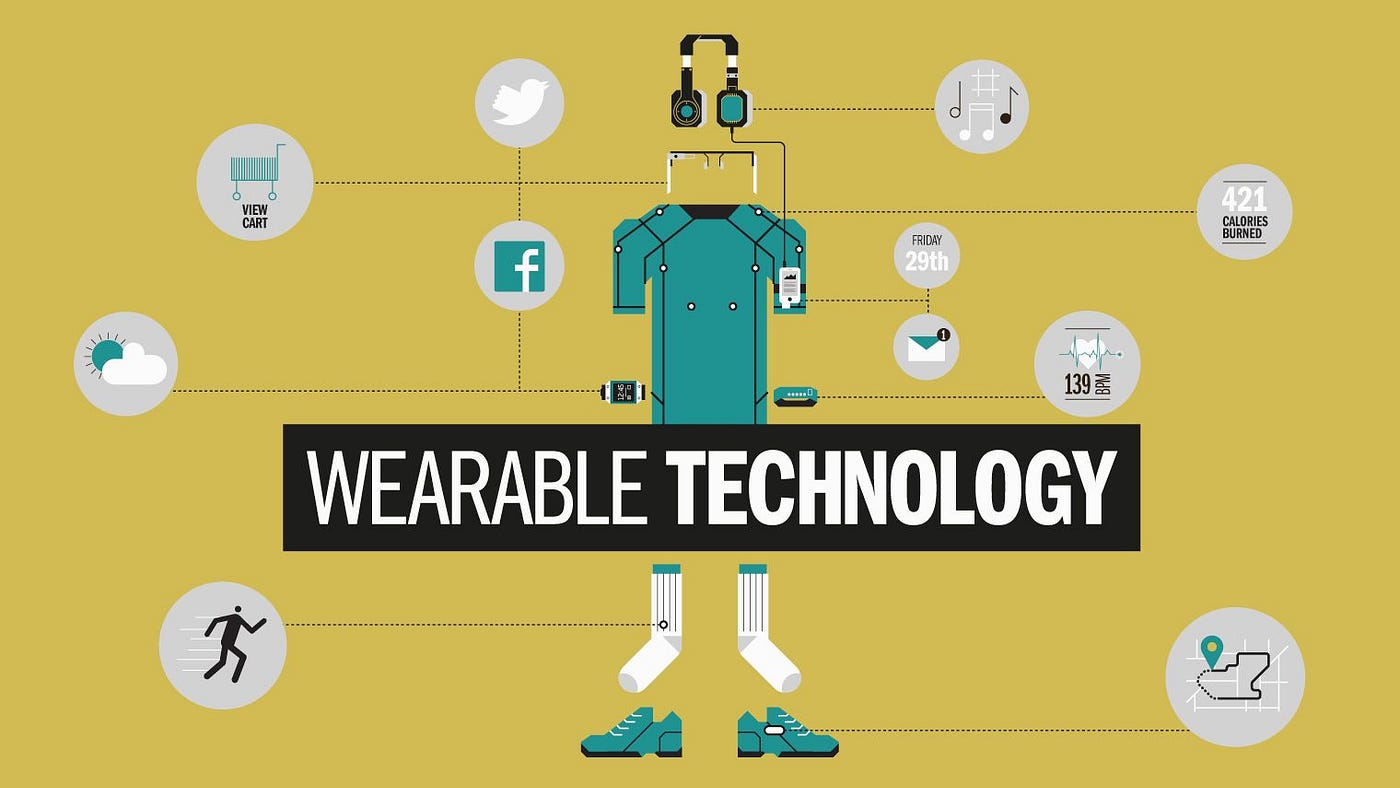Wearable technology and health
Wearables technology is part and parcel of a healthy lifestyle. Senior citizens or aged people feel the need of monitoring how much blood is gushing into their heart, what is their glucose level and so on. Additionally, the lack of time and hectic schedule comes as a big excuse for regular check-ups at clinics and labs. The ease of taking a glance at your wrist to know if you are in good health is a great blessing that the aged generation looks out for. With the advance of technology, the older generation has also adapted themselves to such technologies that benefit them immensely.
In addition to the personal benefits that one gets, the parameters measured through such wearables also benefit the doctors during health check-ups. It will be easy to determine the root cause of any kind of irregularities in one’s health. The health care community has found great potential in such accurate insights in patient activity. Such data helps in taking preventative measures and strategies, analyze tests better with the data as a background. It is estimated that by 2018, over 130 million wearable devices will be shipped to consumers. This is a positive outlook about wearables and perhaps the best application for the health care sector.
Impact on health care industry
However, the health care industry might find it challenging to get an in-depth insight with some basic data provided by wearables. Though data could be collected and fitness tracker comparison could be done for a patient, there is a need for better alignment of wearable technology into the health care industry. The penetration needs to be more focused and in-depth with the help of better networks that allows information access and provides full support on the back end. Health care forums could be held where awareness could be created on using wearable devices on a regular basis. Health care communities could be created wherein people with similar interests could pool in, to crowd-source valuable health information. Such information could be used to analyze the health condition of a population as a whole based on age, region and so on. Trends could be analyzed and recommendations could be made on health, based on such data.
Gathering data is easy but combining the data and making it complete is an art. Wearables provide essentially real-time data and help to manage or treat an individual’s health. The contribution of wearable in the healthcare sector has been limited and yet to become full-fledged owing to reasons such as lack of awareness, lack of knowledge on technology and much more.


